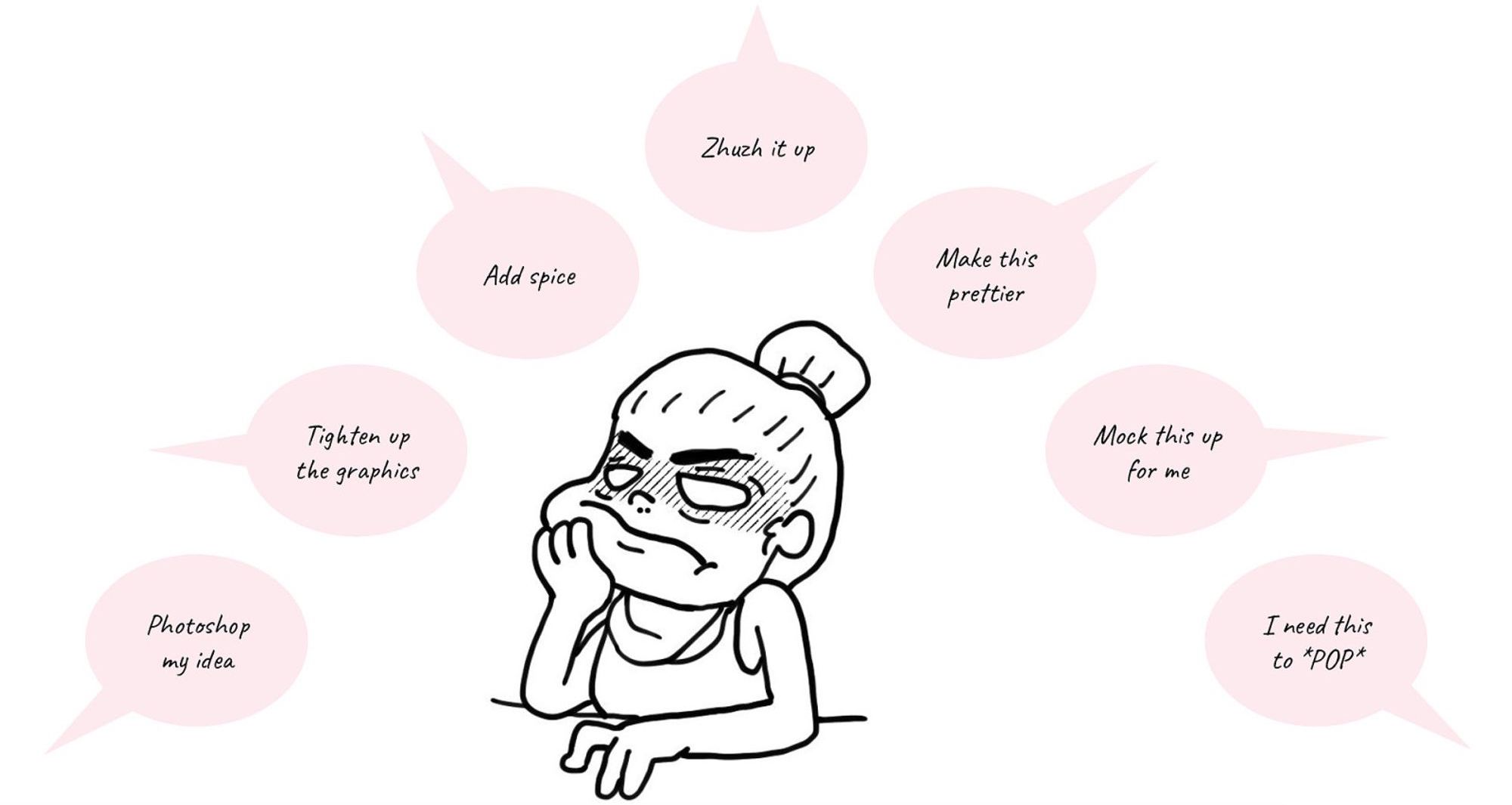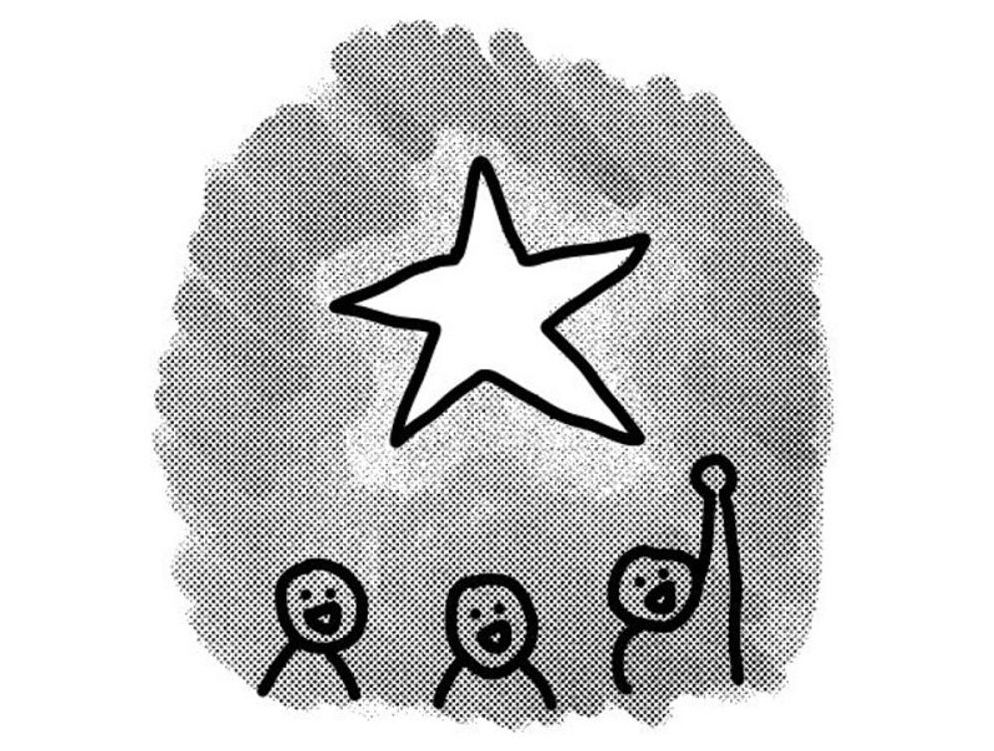Moving from execution to strategy as a designer

This is an adaptation of a talk I gave at the inaugural Design in Product Conference from December 2022. If you’d like to see the original slides, go here.
Designers often find themselves under pressure to focus on aesthetics rather than impact and outcomes. Let’s explore techniques to shift from an execution-focused role to a more strategic one. I will discuss the value of design-led strategy, explore the reasons why designers are often excluded from crucial product conversations, and share ways to increase design’s contributions to product strategy.
Why should designers be strategic?
A design-led strategy helps teams come up with innovative solutions, determine when it’s better to stick to predictable ones, and builds confidence that chosen solutions will have the most impact. However, companies often wait until they think they know the solution to a problem before engaging design. Teams continue to treat the role of design as a way to make solutions look pretty rather than empowering designers to contribute at a strategic level.
Too many companies wait until they think they know the solution to a problem then engage design … Now the designer is in the uncomfortable position of slowing things down to learn about the problem, push back on assumptions, and ask questions that may have already been asked.
– Sara Vesselov, Why UX Designers Don’t Feel Valued—and Why This Is a Problem for Your Business
The seat at the table is ever elusive. We’re getting locked out of crucial product conversations where we could be providing value. This can result in a focus on production that generates worse outcomes for customers.

I’ve experienced this personally, most strongly with my experience on the SoundCloud Go launch in 2016. We had a strong indication from customer research that a paid subscription service centering a major label music catalog wouldn’t be compelling to an audience that mostly consumed user-generated content.
No one comes to SoundCloud to listen to The Beatles’ catalogue
— SoundCloud investor
Unfortunately, the decision to monetize SoundCloud in this way had been made long before Design got involved. The launch was a flop, and SoundCloud is still in recovery mode today. That’s why it’s so important for us designers to contribute more than just mockups. So, let’s discuss how to get more involved! I’m going to share 3 tactics for increasing design-led strategy.
Tactic 1: Focus on goals
Designers sometimes forget that their work lives within the context of a business. They think the design process they learned at conferences or in classes can be perfectly translated to situations in real life. By sharing goals with the team, designers can align their work with the overall strategy and communicate their value.
Where many designers fall short is not learning about the organization. They lack an understanding of the business strategy, which can lead to misalignment amongst cross-functional teams.
– Eric Chung, Why designers should get involved in business strategy
To increase design contributions to product strategy, ask your teammates to share their goals with you. People love to talk about what matters to them. I’ve learned the most from scheduling a 1:1 with my PM and data analyst to ask them about their goals.
This information exchange will help you learn how you can contribute to the business. It will also help you strengthen relationships with your teammates and build connections across your organization. Learn to frame your endeavors in the vocabulary you gather from those around you. By contextualizing your efforts around the interests of your team, you’ll tell a compelling story and get more buy-in.
Looking for more ways to learn business language? Designer Fund has some great classes about business for designers. Learning groups like Coho also cover this topic in depth.
Tactic 2: Show up
Product strategy is messy, ambiguous, and overwhelming. When people see how design can help untangle the mess, they concentrate on more than high-fidelity design outputs. That means you need to be more present and top-of-mind for those you work with. How can you use your skills to help the team achieve its goals?
Insert yourself into conversations where design can help (in a non-creepy way). Use your newfound strategic knowledge to recognize when your team is missing information, and help identify ways to fill in the blanks. This simple technique—asking questions—can elevate your impact by so much.

There are lots of other ways you can contribute, too! You can volunteer to sketch concepts your teammates are debating, helping them recognize the implications of backend decisions and how they could impact the frontend. Run workshops to encourage discussions and generate ideas, therefore facilitating relationships and breaking down siloes between teams. Make diagrams that visualize plans and ensure that everyone is moving toward the same outcomes. Illustrate your product vision to build excitement, help your team prioritize work, and make the biggest impact. All of this will help show the value of design by speeding up the process and creating clarity.
By the way: if there was a chance to include design, but you weren’t notified beforehand, you can suggest ways to participate in the future. Tone is really important here – the goal is to be supportive, not indignant! If you put people on the defensive, they won’t be incentivized to include you.
Tactic 3: Incentivize
It’s important that this not just be a bottoms-up effort. If you lead a design team and want your individual contributors to be more strategic, modify your incentive structure. One time at All Turtles, I asked a report if they wanted to try mentoring a more junior designer. They asked if that was something the company valued. I realized it wasn’t mentioned in the career ladder, so… no!
Design leaders work alongside other C-level executives to empower … designers at scale. If there are no sponsors or leaders in design who push UX priorities … efforts still run the risk of unfortunately being ignored, or “not prioritized”
— Jonathan Lee, Why UX designers are still ignored
If the system doesn’t reward the behavior you want to see, nothing will change. Consider how you can reflect the need for strategic design thinking in your org systems. When you incentivize people to focus more on strategy, your teams will adjust their behavior.
This can’t happen in a vacuum since designers work cross-functionally. Design your team’s goals and career ladder to complement other roles in the organization. Some questions to ask may include:
- Can we stop pressuring PMs to ship quickly?
- Can we require projects of a certain size to be tested at least once with users?
- Can we build out our design systems so designers can concentrate more on information than looks?
When your incentives align with your words, you’ll start to see positive results.
If you’re not a manager, I encourage you to learn about your manager and skip-level manager’s goals. How can your goals align with theirs, and can they advocate for you? The sooner you learn what you manager values, the more influence you can have.
That’s it!
Designers envision the future, and their skillset makes them uniquely positioned to have a huge impact on product strategy. Through a series of cultural shifts at each level of the organization, designers can move from basic mockups to full-scale visions. This change can take take time and requires patience, so keep a positive attitude and be understanding towards yourself and others during this process. The outcomes of a well-executed design-led strategy are well worth the effort.
Upcoming talks
-
Staff designer: Grow, influence, and lead as an individual contributor
At some point in your career, you'll likely have to choose between senior individual contributor (IC) and design management roles. But what if you don't want to manage others? What if you’d rather continue as an expert contributor? In this talk, we’ll take a deep dive into staff/principal designer roles—a combination of team leadership and in-the-pixels design work—all without any direct people management. Learn how you can advocate for, grow into, and succeed in such IC leadership roles.
Want to talk?
Got feedback, looking to suggest a future writing topic, or want to invite me to speak at your organization? Send me a message and I'll get back to you as soon as possible!